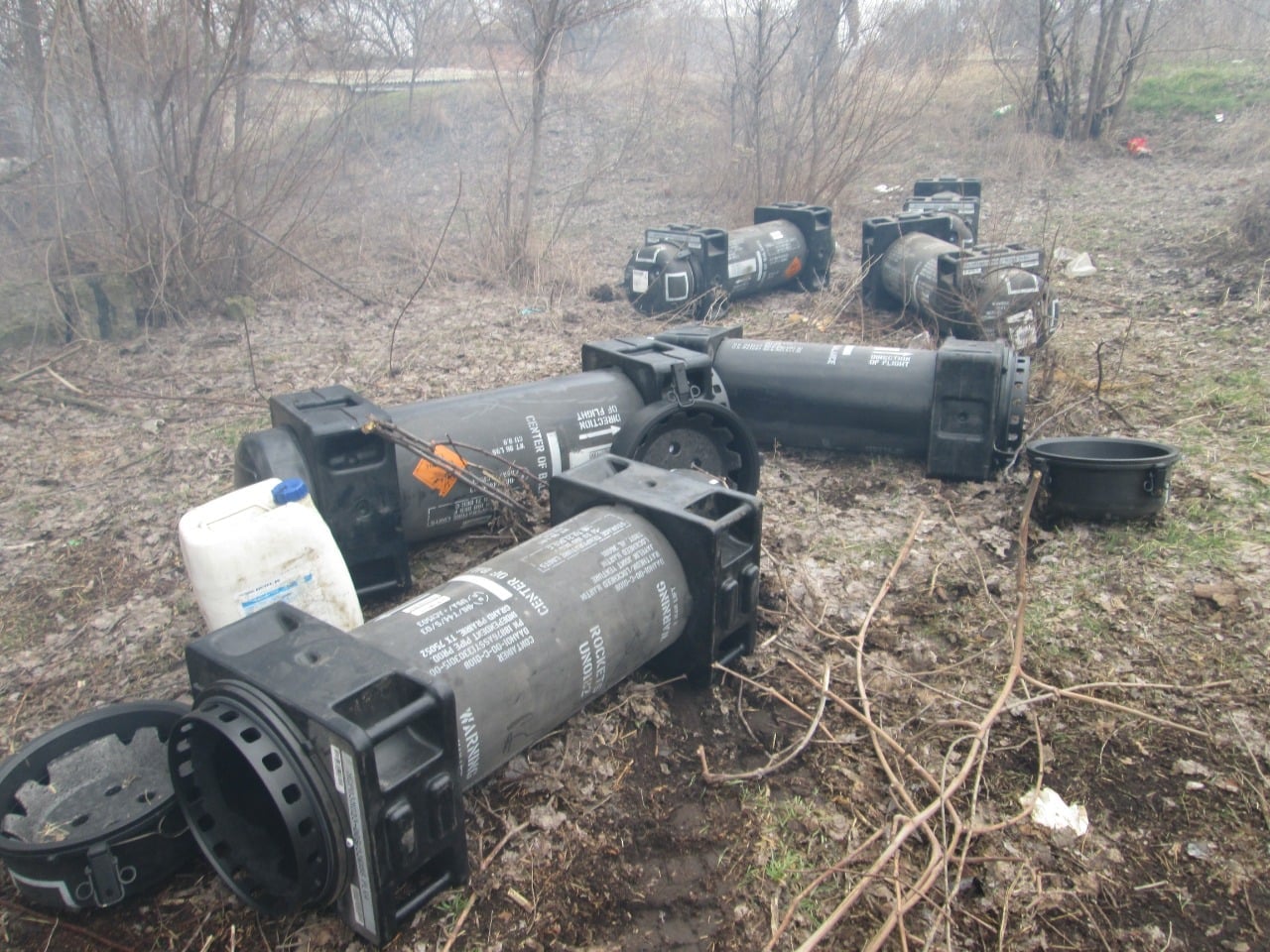With Moscow’s invasion of Ukraine going far from as was expected, statements made today by Russia’s Deputy Foreign Minister, Sergey Ryabkov, have officially put the U.S. and its allies on notice that any weapons shipments into Ukraine will be viewed as legitimate targets and potentially attacked as such.
“We warned the United States that the orchestrated pumping of weapons from a number of countries is not just a dangerous move, it is a move that turns these convoys into legitimate targets,” Ryabkov told state television. He went on, warning “about the consequences of the thoughtless transfer to Ukraine of weapons like man-portable air defense systems, anti-tank missile systems, and so on.”
So far, arms shipments into Ukraine have gone on without much interference. It is understood that they occur almost exclusively over land, but it appears Ukrainian airlifters have been involved, as well, at least earlier in the war. U.S. officials and President Zelensky had commented in the past that these supply lines have remained open, which have been a critical lifeline for Ukraine’s defense. In recent days, shipments have sped up, with the U.S., in particular, pushing as much materiel into the country as it can, likely out of concern that Russia could soon move to more actively interdict the shipments.
The shoulder-fired anti-tank and anti-aircraft weapons — a complete rundown of which of these systems have been sent to Ukraine is available in this previous feature our ours — have had a devastating impact on the Russian military. At the same time, Ukrainian troops are also burning through supplies very fast and now the ease of which they can be delivered could change.

It remains unclear how Russia could target these convoys as it would not only require the proper timely intelligence to do so, but also the ability to act on it swiftly. Russia’s airpower has been far less present and effective than originally anticipated and the Russian military overall has a very limited presence, as in next to none, in the western part of Ukraine where the shipments are emanating from. Still, Russia could risk its aircraft or special operations forces by having them push deeper west if they view the risk was worth the reward. Considering how things have been going for them on the battlefield, this could indeed become the case.
There are other tactics the Ukrainians can employ, as well, such as dispersing the weapons early on once inside the country and moving them in small groups independently instead of in convoys. This would, of course, hamper the speed at which they reach the front lines and lessens the control over these prized inventories as they move across the country. This too could all change if Russia pushes farther west in the country, and there are signs that Moscow’s focus may be swiveling in that direction.
The only other option Russia has is to attack these shipments in a neighboring country before they even arrive in Ukraine, which would be equivalent to declaring war on NATO. There is a very low probability of this happening unless Putin wants to challenge NATO directly in order to drag them into a far wider conflict. Doing so makes little sense as the Russian Army is bogged down in Ukraine and in no state to confront NATO’s far superior conventional forces. The fear of nuclear escalation is the biggest issue on the table at that point, which is an entirely other extremely complex issue altogether. It is possible Russia could attempt to strike a shipment in a neighboring NATO country in order to call NATO’s bluff in terms of escalation or even in an attempt to freeze the conflict and enter high-stakes negotiations, but once again, this is would be extreme brinksmanship that seems unlikely at this time.
Still, it is clear Russia is very concerned about the impact these weapons have made and is looking to start applying pressure to stop more of them flooding into the country, however it can.
Contact the author: Tyler@thedrive.com
